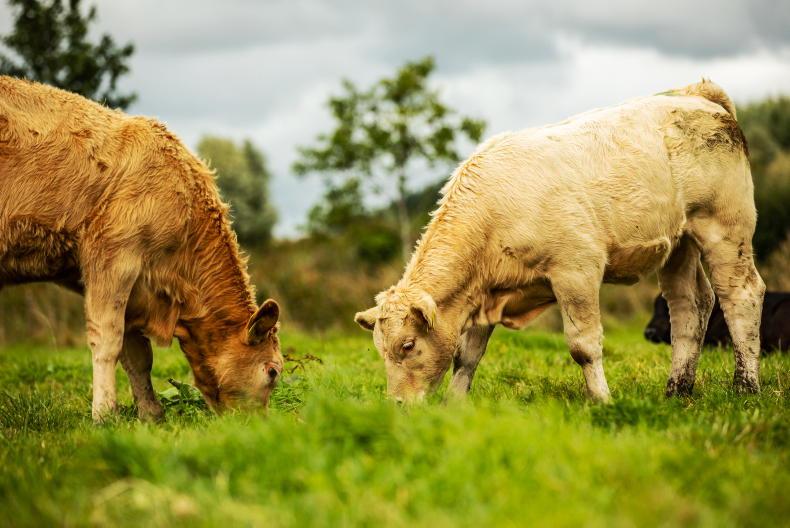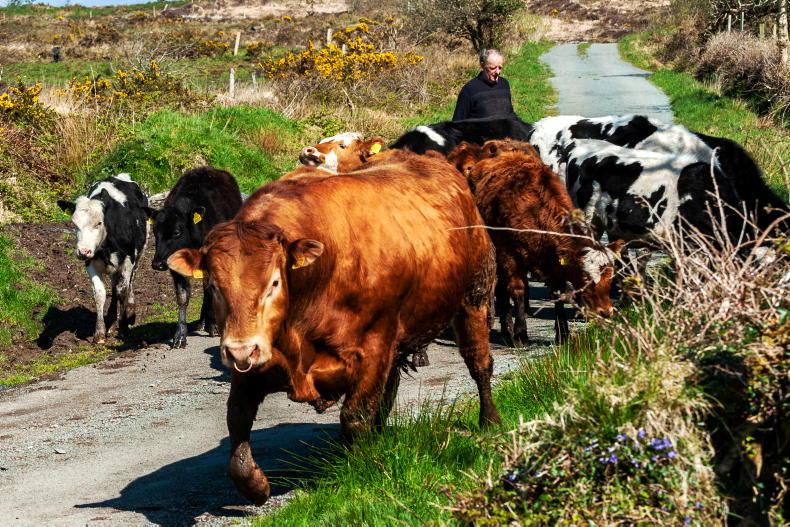Advisers are expressing concern that soil testing hasn’t happened to the degree it needs to. As of 1 January 2023, all farms stocked over 130kg of organic nitrogen per hectare must have soil samples from the last four years for all land parcels.
Without one, a parcel is classified as index 4 for phosphorus (P), which means no granular P can be spread at all. The same applies to all tillage land this year. Advisers are reporting that farmers are getting in touch regarding their BISS applications, but without the required soil samples.
As things stand, advisers report being up to their necks in derogation applications, with a very intense fortnight ahead. Dairy farmers also have to make the decision as to which banding option they will choose for this year, and are consulting their advisers in that regard.
And then for April and May it’s over to the first ever Basic Income Sustainability Scheme (BISS) application window. Of course, BISS is an evolution of the Single Payment Scheme, so it’s not utterly new. But there has been remapping/re-digitisation of parcels all across the country, so maps and parcel sizes need to be checked both for eligible area and Space for Nature.
Then there are eco schemes. Every farmer who wishes to access the €65/ha eco-scheme payment must fulfil two of the eight available options. Some of those options require actions to be taken pretty early in the year, and it’s the middle of March.
It’s true that most farmers will automatically attain one action through their Space for Nature, and many will be able to use it at the higher 10% for both their measures.
Let’s not forget that 46,000 BISS applicants will also be confirming their involvement in ACRES through the same application portal and process.
For many, this will simply be a confirmation of actions committed to last autumn. For others, there will be changes.
Teagasc, private advisers and the Department of Agriculture’s helpdesk service will be stretched to the limits of their capacity
Land has been lost and gained by individual farmers, cropping decisions have been changed by circumstances, perhaps parcels have been remapped with acreage implications. There’s quite a bit of detail to be considered.
Then there’s the Areas of Natural Constraint application for about 100,000 farmers.
There’s the Organic Farmers application, the Straw Incorporation Measure and Protein Aid payment for tillage farmers. There’s Complementary Income Support for Young Farmers and National Reserve for new entrants. We shouldn’t underestimate the complexity of 130,000 applicants working their way through this process.
Teagasc, private advisers and the Department of Agriculture’s excellent helpdesk service will be stretched to the limits of their capacity.
But, before all of that, farmers need to take any soil tests necessary to avoid gaining index 4 status for some of their parcels.
Fertiliser spreaders will be operating as soon as the weather dries up again.
Before that, you need to check which fields have not been tested over the last three years and test them.










SHARING OPTIONS